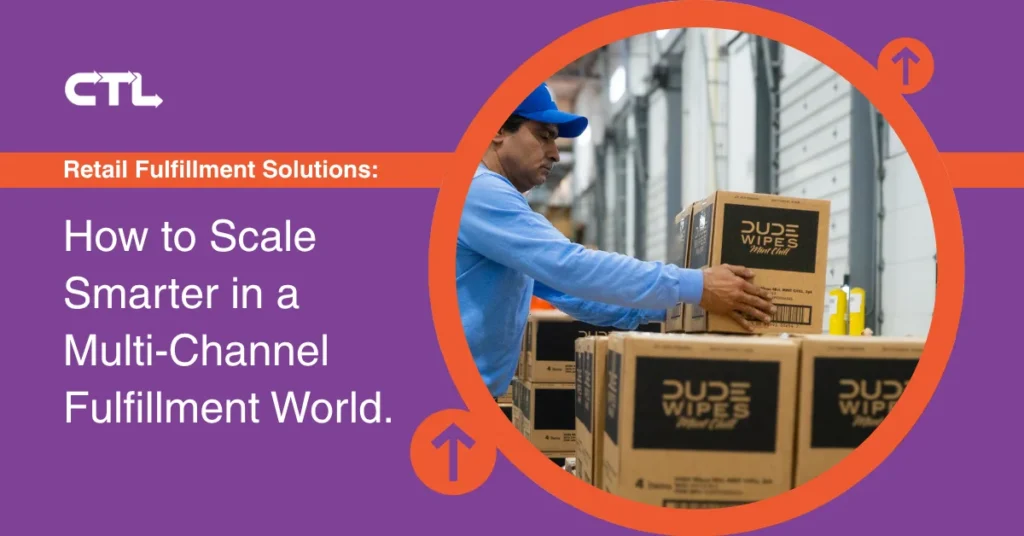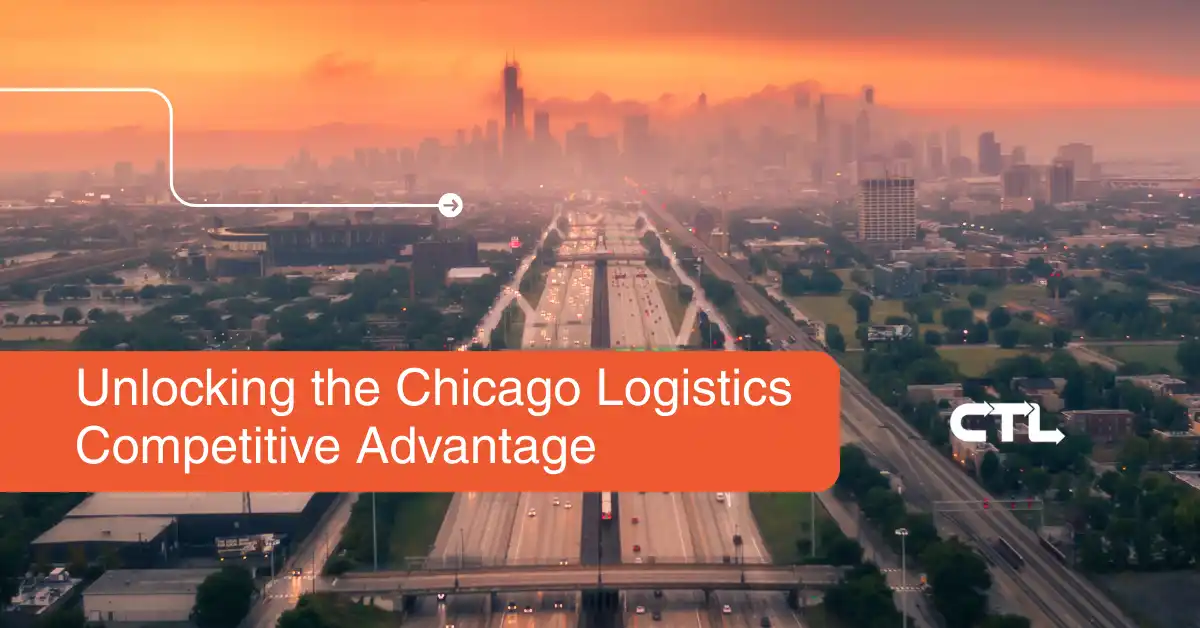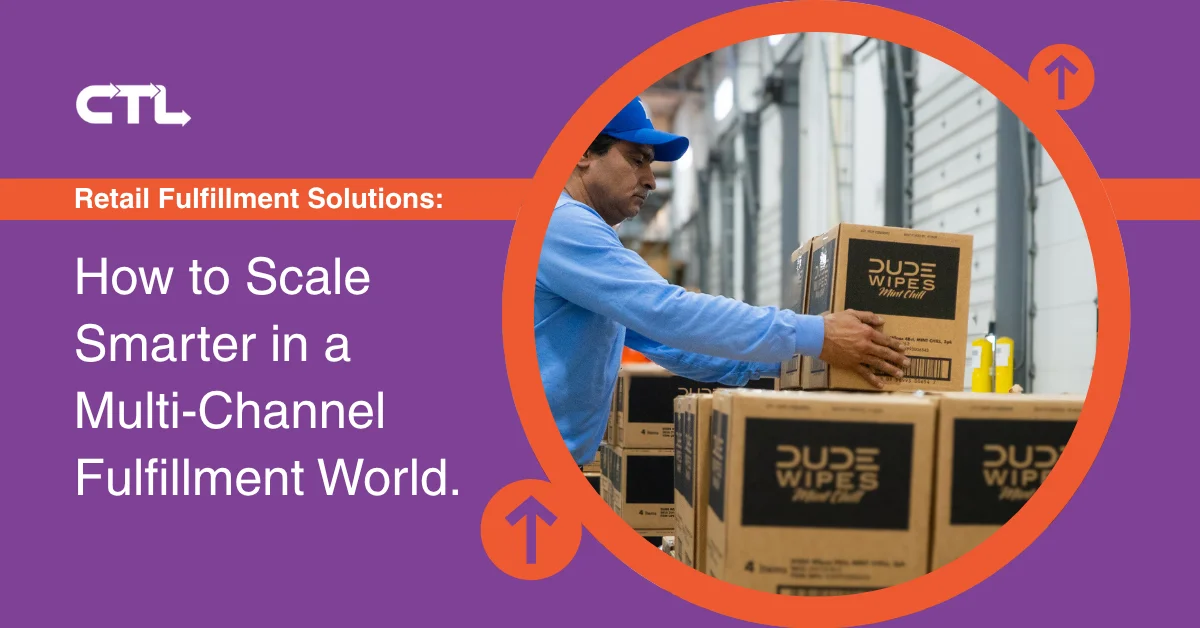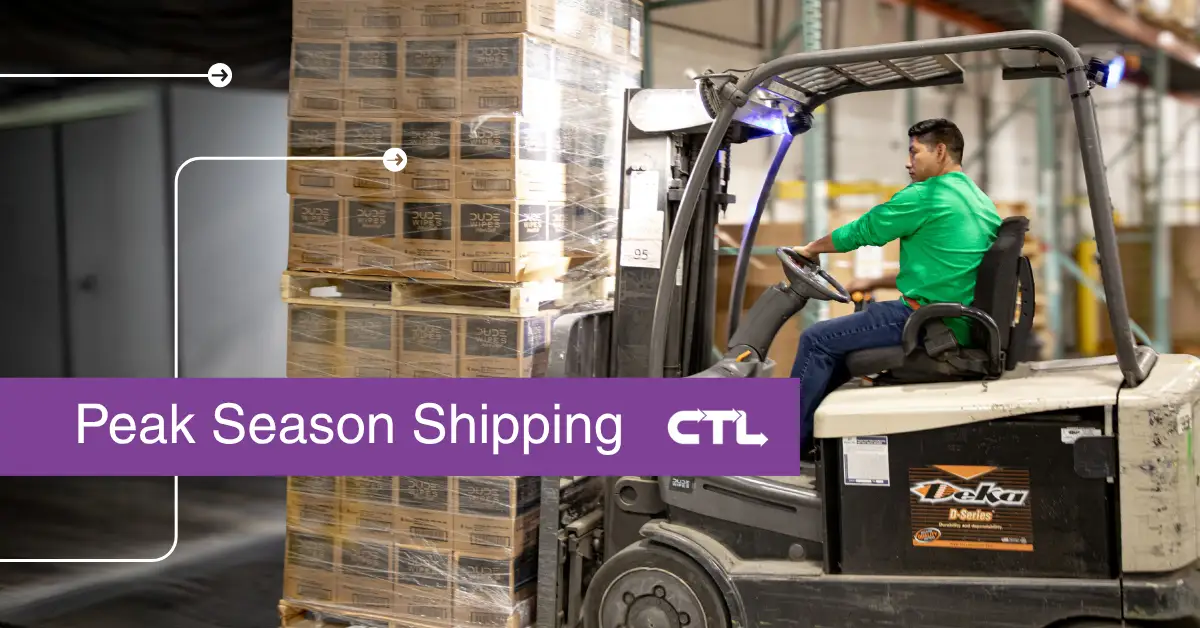Retail Fulfillment Solutions for Scalable Growth
- CTL

Retail fulfillment is no longer a back-office operation. It’s a critical component of brand experience and long-term growth. As retail continues to evolve in a multi-channel environment, brands must reevaluate how they move products from distribution centers to doorsteps. Speed, accuracy, flexibility, and visibility are the new standards—and not every fulfillment model can deliver.
For growth-focused operations teams, the right retail fulfillment solution can reduce risk, improve margins, and open new sales channels without massive capital investment.
What Is Retail Fulfillment?
At its core, retail fulfillment is the process of receiving, storing, picking, packing, and shipping products to customers or retail locations. It includes every operational step required to get a product from inventory to the end user—whether that’s a direct-to-consumer shipment or a pallet headed to a brick-and-mortar store.
Retail fulfillment strategies typically fall into two broad categories:
- In-house fulfillment, where a brand owns and operates its own distribution infrastructure.
- Third-party logistics (3PL) partnerships, where fulfillment is outsourced to a provider specializing in scalable order processing and delivery.
In-House vs. Outsourced: Key Differences in Retail Fulfillment Strategy
For brands with established physical distribution centers, in-house fulfillment can offer a sense of control. However, as more retailers expand into eCommerce and DTC (direct-to-consumer) channels, internal capabilities often struggle to keep up with what’s needed to meet rising customer expectations.
By contrast, outsourcing to a third-party logistics partner offers flexibility to:
- Expand rapidly into new regions or platforms (Amazon, Walmart Marketplace, etc.)
- Avoid upfront investments in warehouse space, order management software, and labor
- Tap into integrated tech stacks for inventory tracking and real-time visibility
- Align fulfillment costs more closely with demand fluctuations
Our recent article on outgrowing 3PL partners highlights common challenges brands can face—and how upgrading to a more capable 3PL partner can help support faster growth, higher order volumes, and stricter delivery requirements.
When to Consider 3PL Retail Fulfillment Solutions
Third-party retail fulfillment is not a one-size-fits-all solution—but in many scenarios, it’s a force multiplier. Common situations where outsourcing offers strategic advantages include:
- Scaling Fulfillment by Merchant (FBM) on Amazon: Managing inventory and order routing across multiple geographies without holding excessive stock.
- Launching on Walmart Marketplace: Ensuring compliance with service level agreements and fast delivery expectations.
- Expanding DTC Operations: Supporting online orders from customers directly—especially when existing distribution infrastructure is designed for bulk retail replenishment.
Traditional retailers are often optimized to ship pallets to stores, not boxes to front doors. If you’re competing with the likes of Amazon, building a comparable DTC fulfillment solution is essential.
How to Evaluate a Retail Fulfillment Partner
Finding the right 3PL partner begins with a strategic approach. A transactional RFP alone may not cut it. The goal is to identify a provider who can support your specific business model, customer base, and growth goals.
Consider the following framework when evaluating retail fulfillment partners:
- Identify 3–5 qualified providers with proven experience in your vertical or sales channels.
- Conduct introductory conversations to assess operational capabilities, geographic coverage, and technology integrations.
- Benchmark performance using the latest KPIs. The WERC 2025 DC Measures Report provides a useful baseline for evaluating fulfillment excellence.
- Request initial cost estimates to compare fee structures, minimums, and contract terms.
- Shortlist vendors based on operational alignment and cultural fit.
- Check references from similar clients, especially those with comparable order volumes or fulfillment complexity.
- Plan an on-site visit for any final candidates to inspect processes, staff capabilities, and technology systems firsthand.
Retail Fulfillment Solutions as a Strategic Growth Lever
Retail fulfillment is not simply a line item on your operations budget—it’s a direct extension of your brand promise. Fast, accurate delivery is now table stakes. The real differentiator lies in how well your fulfillment strategy supports growth, customer satisfaction, and financial efficiency.
Whether you’re launching a new marketplace presence, expanding into DTC, or streamlining logistics ahead of peak season, partnering with the right fulfillment provider can create a competitive edge that goes far beyond warehouse walls.


